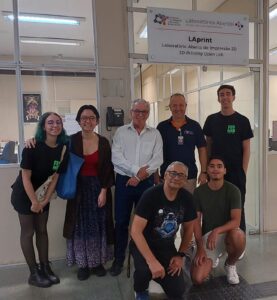Abstract
Purpose
Diagnostic reference levels (DRL) and achievable doses (AD) are important tools for radiation dose optimization. Therefore, a prospective study was performed which aimed to establish a multi-parametric, clinical indication based – DRL(DRLCI) and clinical indication – AD (ADCI) for adult CT in Brazil.
Methods
The prospective study included 4787 patients (50 ± 18 years old; male:female 2041:2746) at 13 Brazilian sites that have been submitted to head, paranasal sinus, cervical spine, chest, or abdomen-pelvis CT between January and October 2021 for 13 clinical indications. The sites provided the following information: patient age, gender, weight, height, body mass index[BMI], clinical indications, scanner information(vendor, model, detector configuration), scan parameters (number of scan phases, kV, mA, pitch) and dose-related quantities (CT dose index volume- CTDIvol, dose length product- DLP). Median(AD) and 75th(DRL) percentile CTDIvol and DLP values were estimated for each body region and clinical indications. Non-normal data were analyzed with the Kruskal-Wallis test.
Results
In majority of Brazilian sites, body region and clinical indications based DRLs were at or lower than the corresponding DRLs in the US and higher than Europe. Although radiation doses varied significantly for patients in different body mass index groups (p < 0.001), within each body region, there were no differences in radiation doses for different clinical indications (p > 0.1). Radiation doses for 7/13 clinical indications were higher using iterative reconstruction technique than for the filtered back projection.
Conclusions
There was substantial variation in Brazil DRLCI across different institutions with higher doses compared to the European standards. There was also a lack of clinical indication-based protocol and dose optimization based on different clinical indications for the same body region.



